The park is a 6,000-acre wildlife sanctuary in Florida woodlands. The beautiful Wakulla Springs flow from the park to create the Wakulla River, one of Florida's last pristine rivers. Wakulla Springs have been occupied by humans for 15,000 years. Archaeological evidence indicates that Native Americans lived here from Paleo-Indian times through 1513 when Europeans first made contact. After that, Spanish Mission, Creek and Seminole lived in the area.
In 1934, Edward Ball purchased the land here and developed it as an attraction as well as a wildlife and habitat preserve. Below is a map of the park.
Ball built the Wakulla Springs Lodge (Mediterranean Revivial architecture) that opened in 1937 and remains in operation today. The Lodge was our first stop.
The beautiful ceiling, hand-painted and stenciled by three artists in 1937, and was restored in 2002.
At one end of the lobby is Ole Joe is on display in a glass case. He was an 11" 2" American alligator (weighing about 650 lbs) that lived in the park for over 100 years.
Entrances to the upscale dining room and gift shop/snack bar can be found at opposite ends of the lobby.
A beautiful porch is located at the rear of the lodge with beautiful views of the springs.
Boat tours operate every day (weather permitting) at the park. Dogs are not permitted so we did not take the 40-minute cruise. It is a very popular attraction here. Alligators, turtles, birds and other wildlife are seen during the tour on the Wakulla Springs.
The building, where tour tickets are purchased, also has displays about archeological finds and the geological makeup of the area. Bones to construct an entire mastodon skeleton (3 times the size of a modern-day elephant) have been found in the park. The reconstructed skeleton is on display at the Museum of Florida History in Tallahassee. On display is a fossilized mastodon bone (over 14,000 years old) recovered from the Wakulla Spring in 1930.
Below is a diagram of Wakulla Spring and the extensive underground tunnels that have been explored. It is one of the largest and deepest freshwater springs in the world. The water is a constant 70 degrees and a popular swimming area at the park. 150,000-650,000 gallons per minute are produced at Wakulla Spring!
Posters of movies that were filmed here at the park were also on display.
We returned to the parking lot to pick up water and backpack to hike the Sally Ward Trail. The entire trail is 6 miles each way, so we only hiked the first mile or so, took the Hammock Spur Trail (1 mile) on our return trip on the Sally Ward.
This part of Florida is the Woodville Karst Plain. We learned about karst topography when we visited Mammoth Cave National Park in KY. It consists of sinkholes, caves (dry and flooded) and springs that are created as the thick layer of limestone in the region dissolves. Sinkholes are areas where the ground has collapsed forming a bowl-shaped depression and intersects with the water table. The first part of the trail is a boardwalk that leads to two sink holes. Our sweet doggie, Sadie, was more interested in the squirrels in the trees than the sinkhole.
The Sally Ward Trail winds through a hardwood forest (with signs identifying the wide variety of trees). There are many large vines growing in the forest (made me think of the Tarzan movies filmed here!) Sadie had such fun exploring all of the new smells and sights along the trail. Boardwalks are built on various parts of the trail that are prone to flooding or where there are wetlands where bald cypress trees can be found.
Pausing on the bridge over Sally Ward Spring Run, we saw several pairs of turtles and some gorgeous white flowers. After some online research I learned that they are called white spider lilies (a genus of the amaryllis family). Also shown is a glossy ibis.
Along the Hammock Spur Trail we came upon this beautiful bed of ferns and many bald cypress in the wetlands. This was a great hike with my favorite companions, John and Sadie.
Admission to the park is $6/vehicle. For additional information about Wakulla Springs State Park, check out their website at www.floridastateparks.org/park/wakulla-spring. For information about the lodge (reservations, event planning, etc.) go to www.wakullaspringslodge.org.
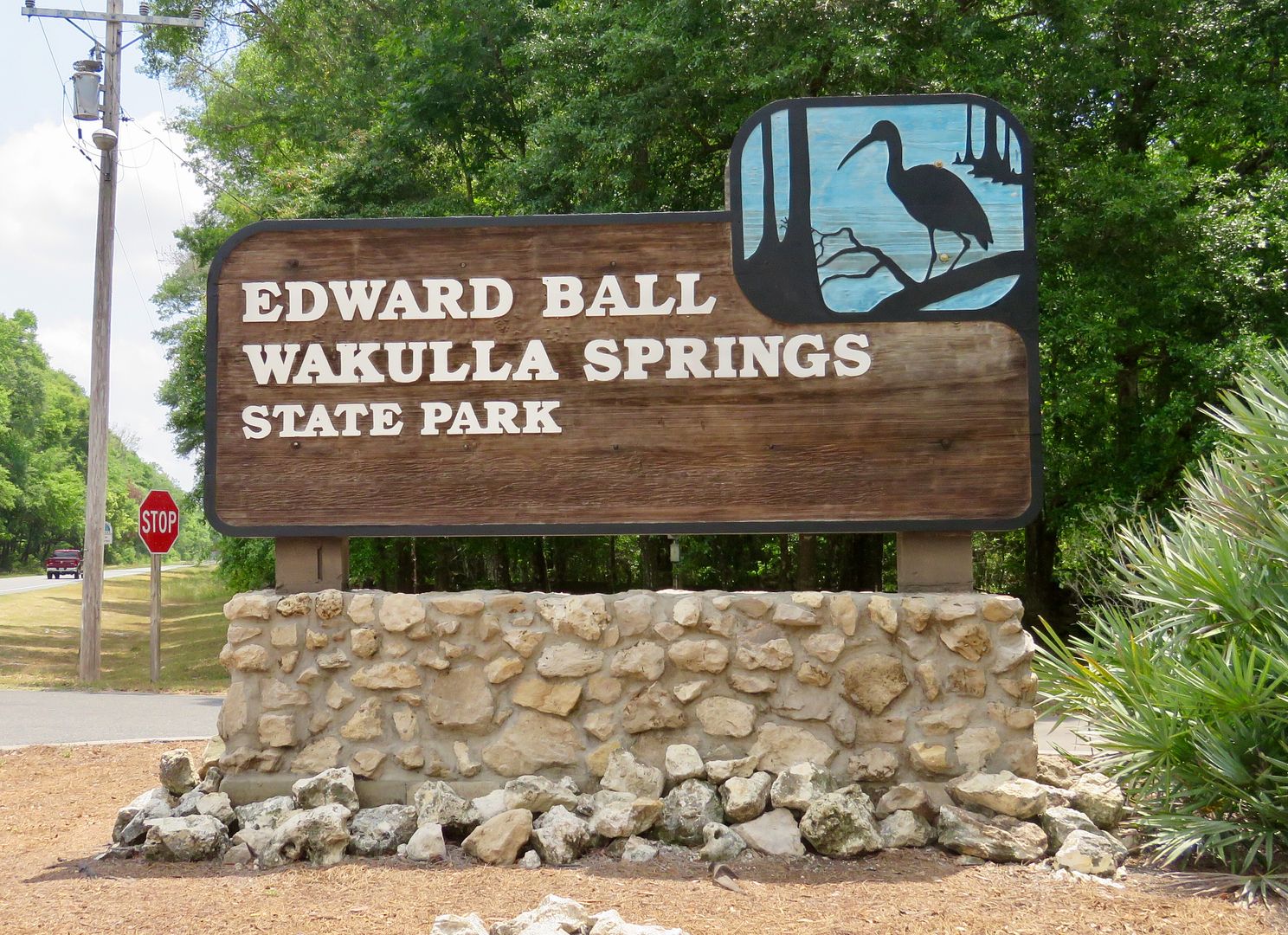



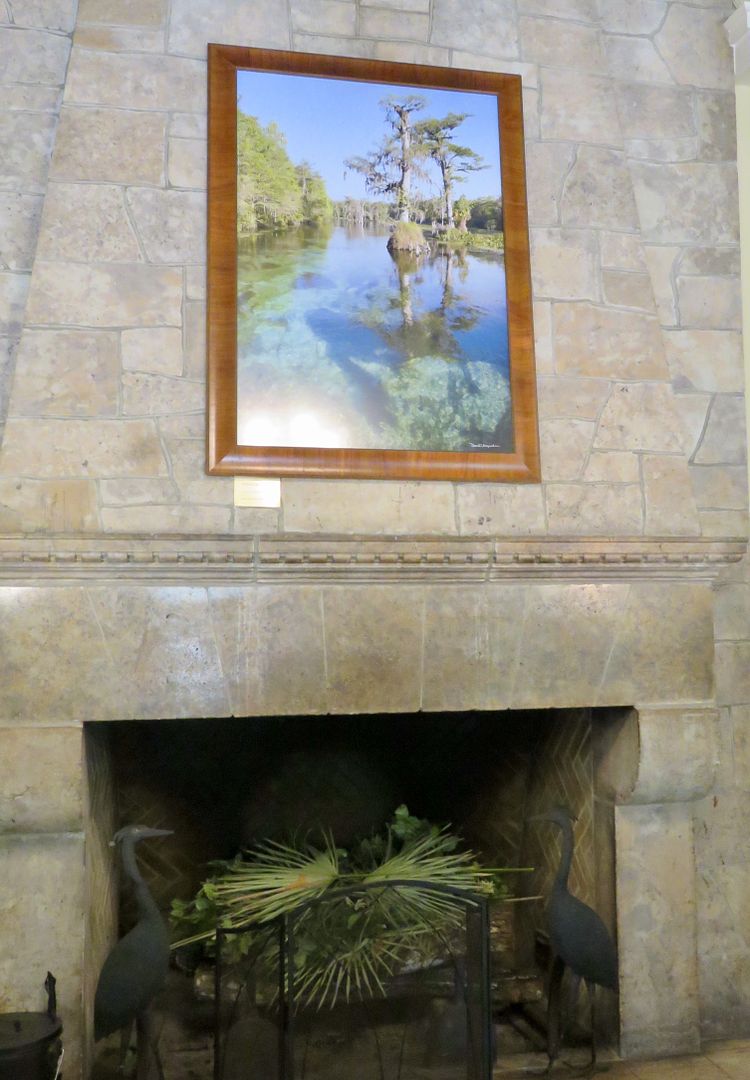

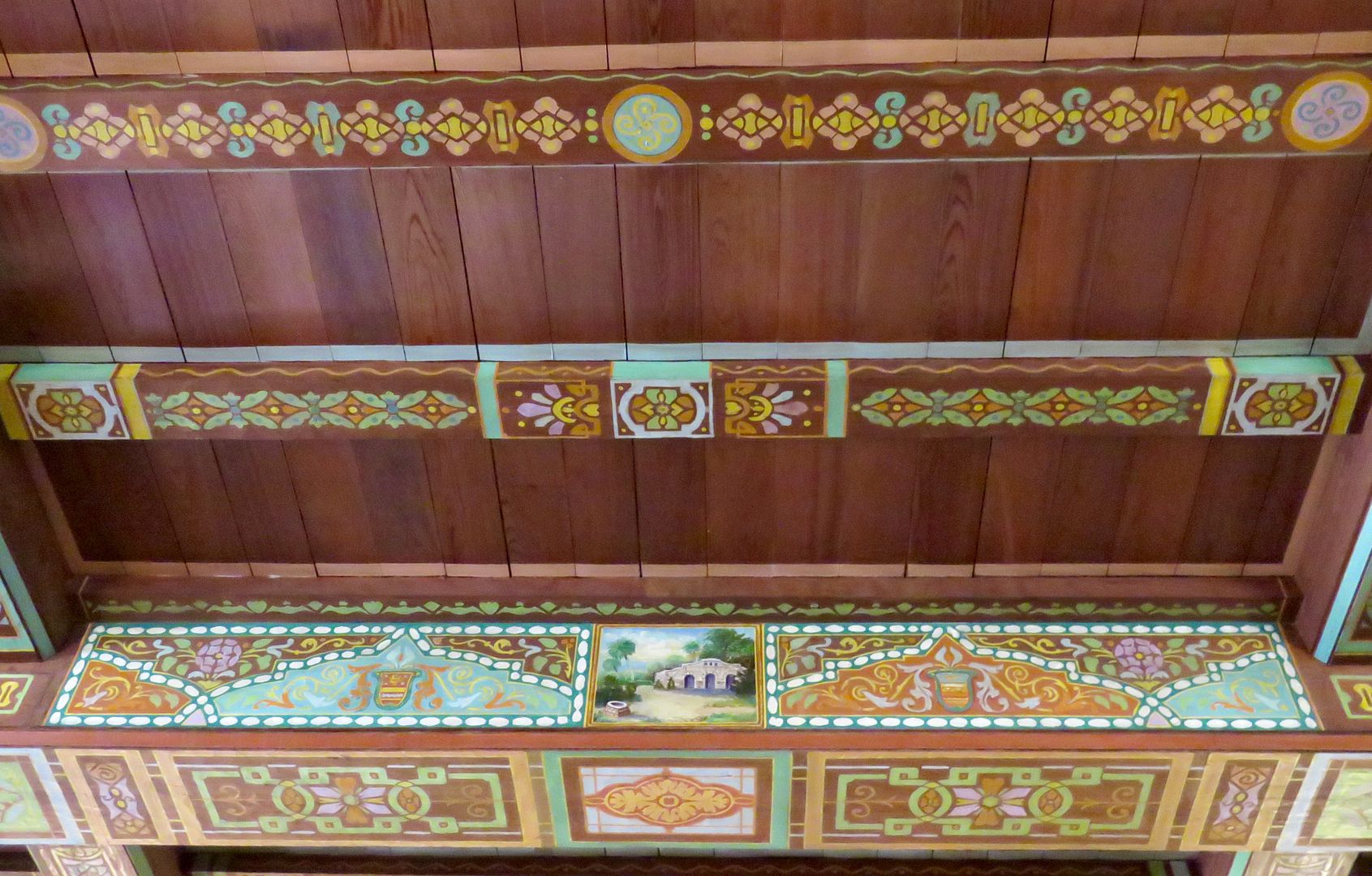



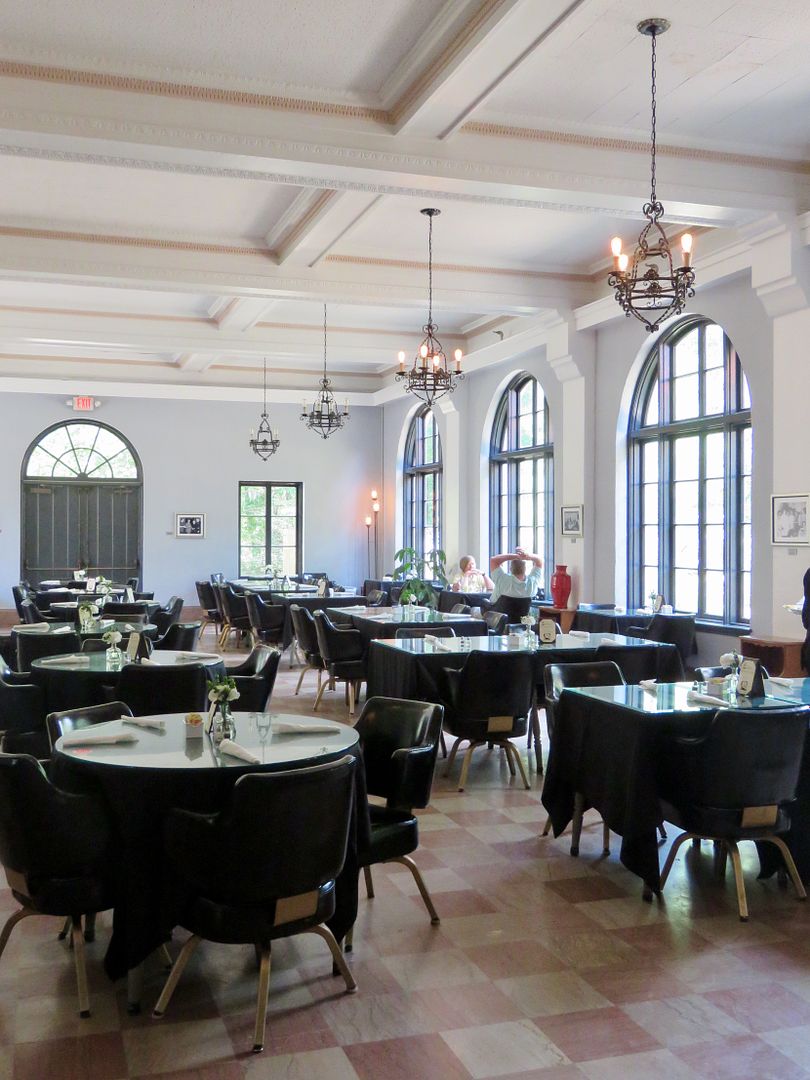


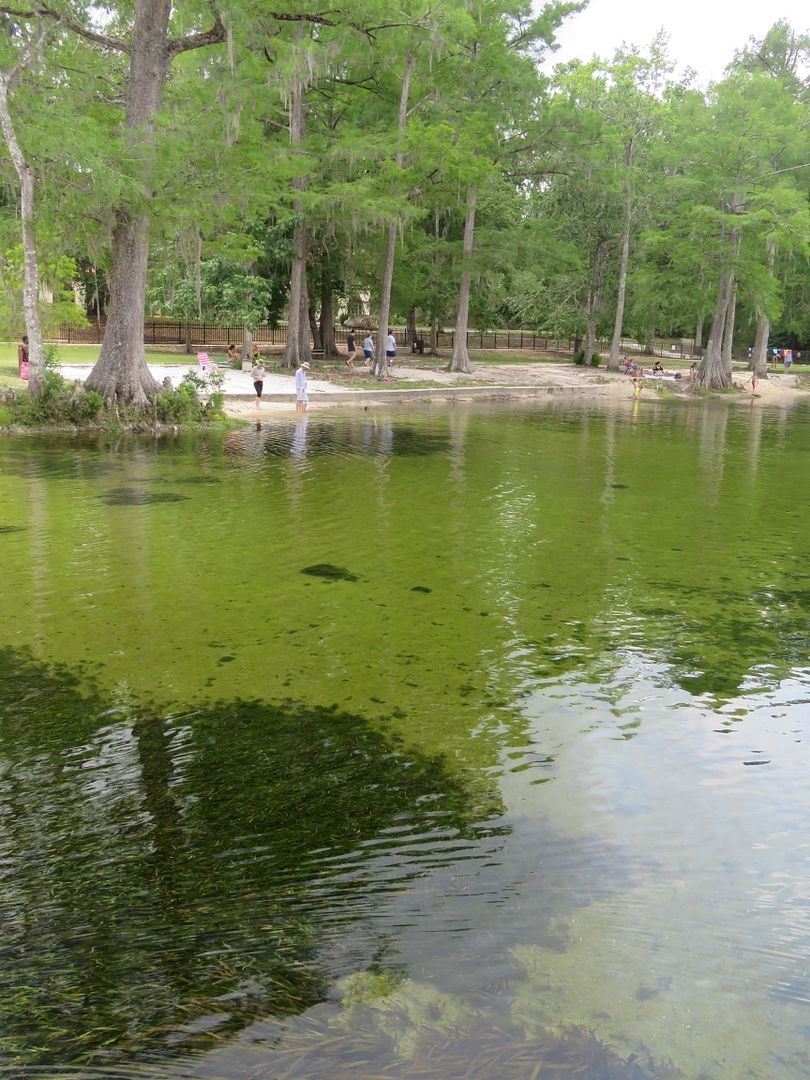

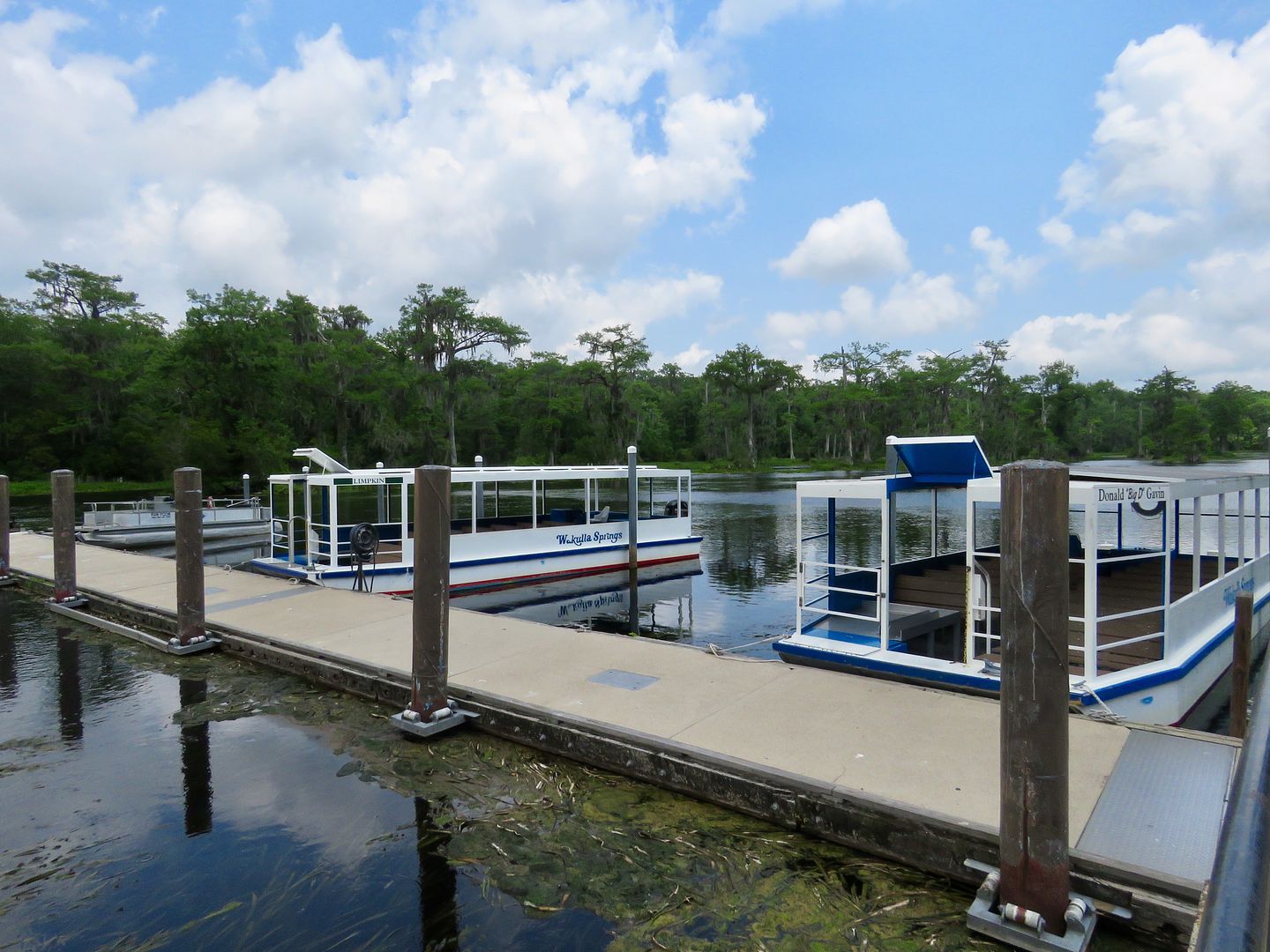
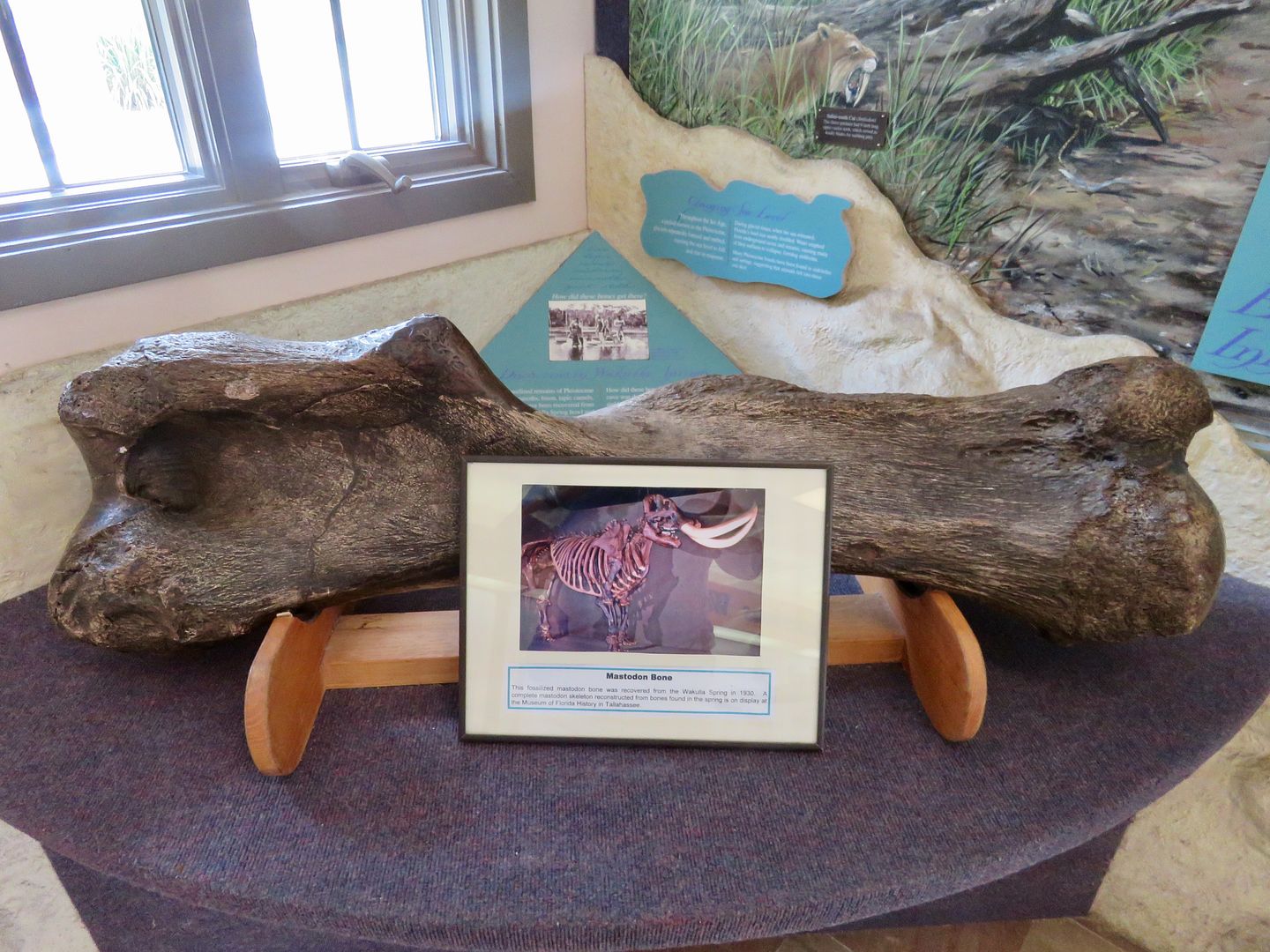
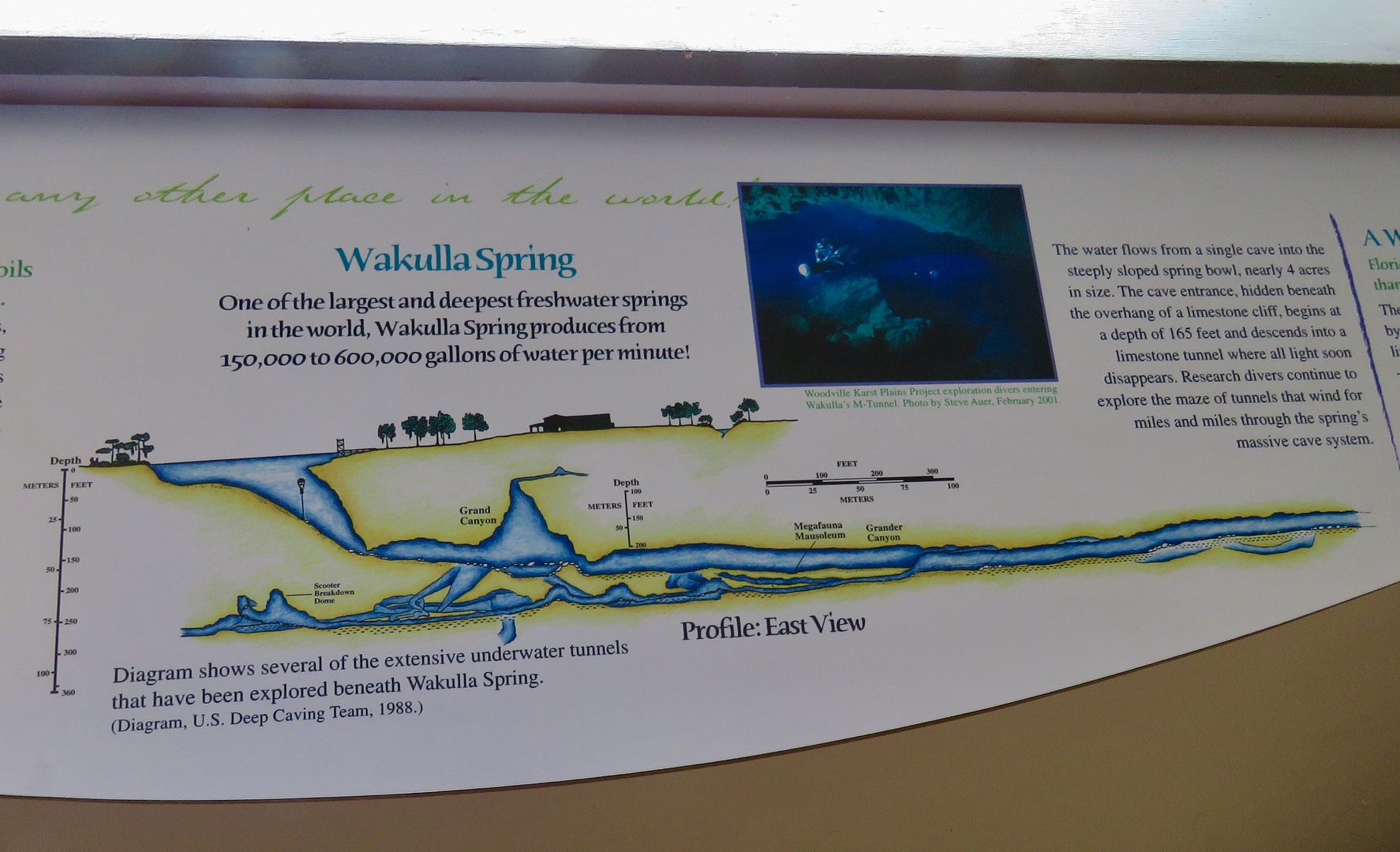





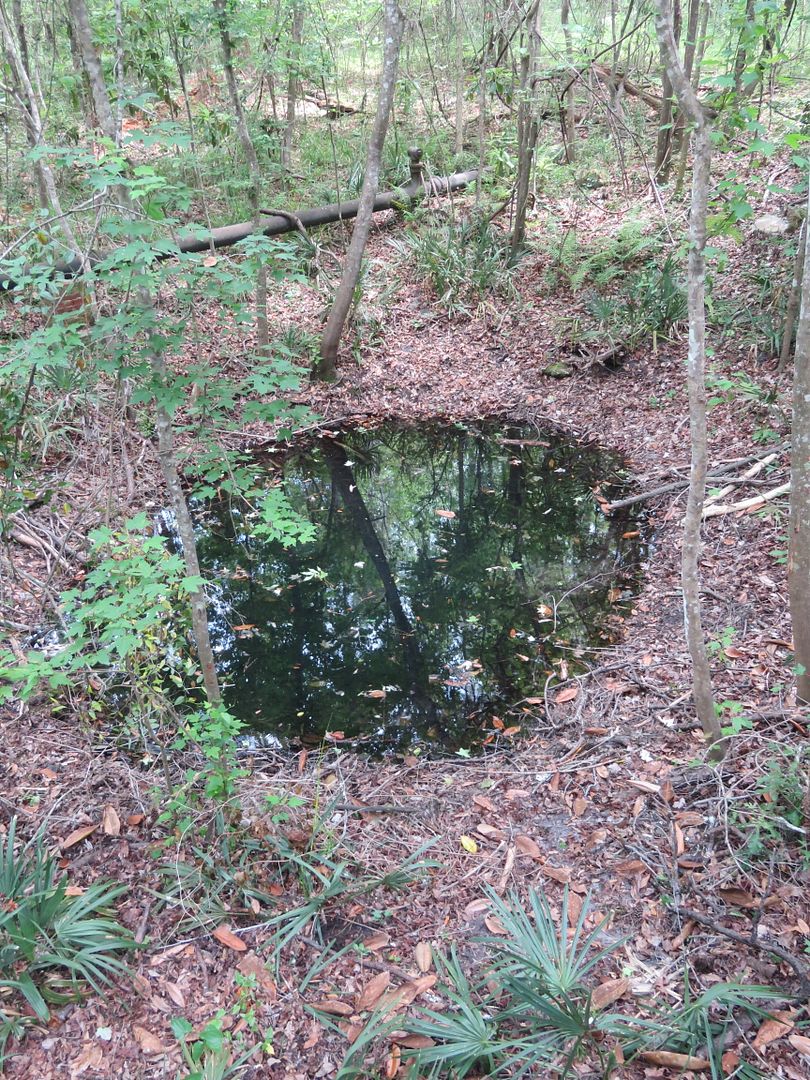
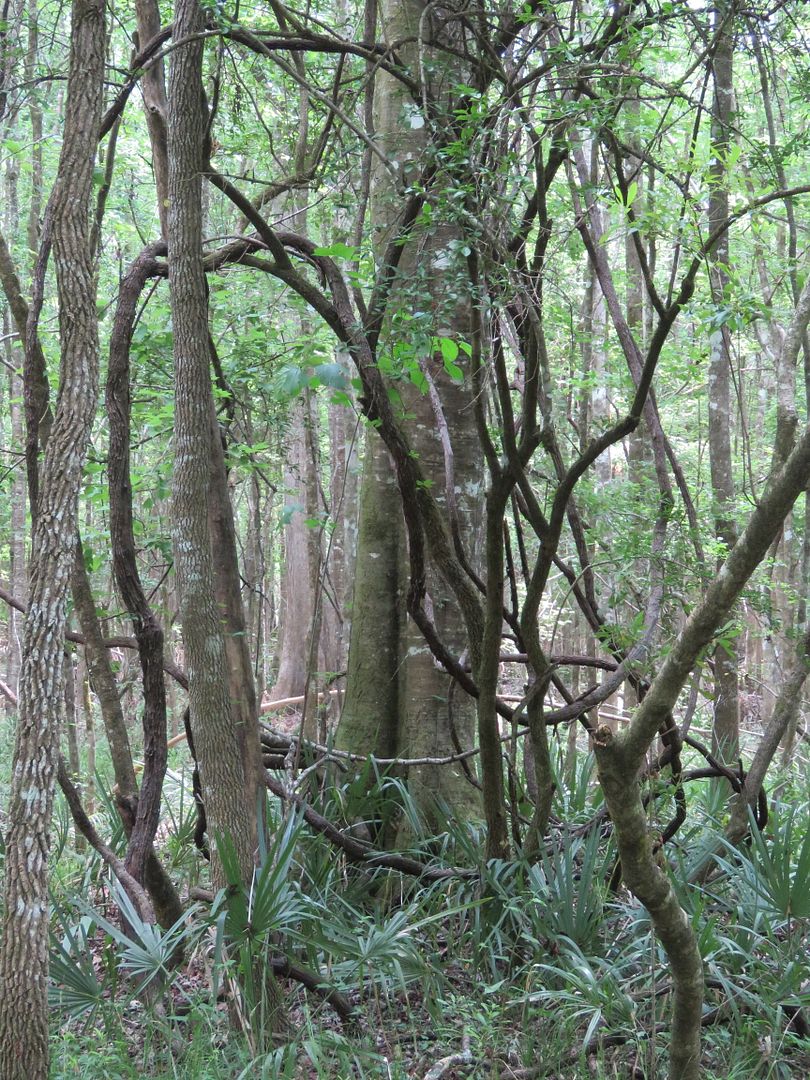
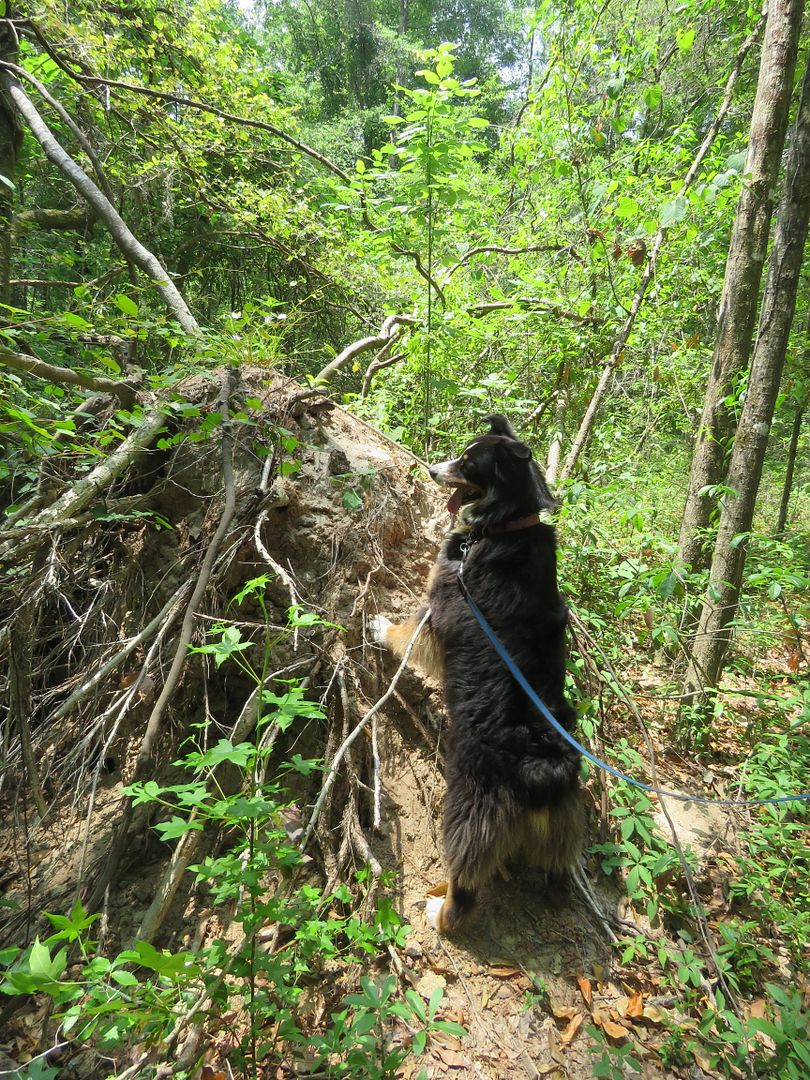

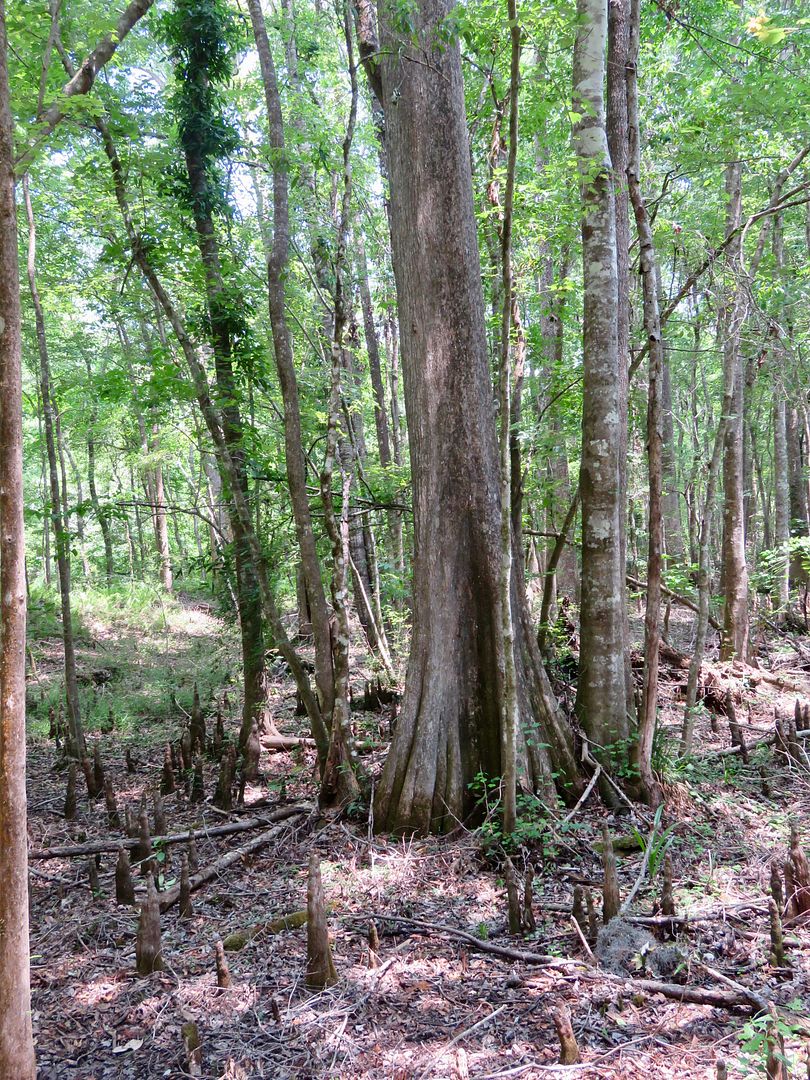

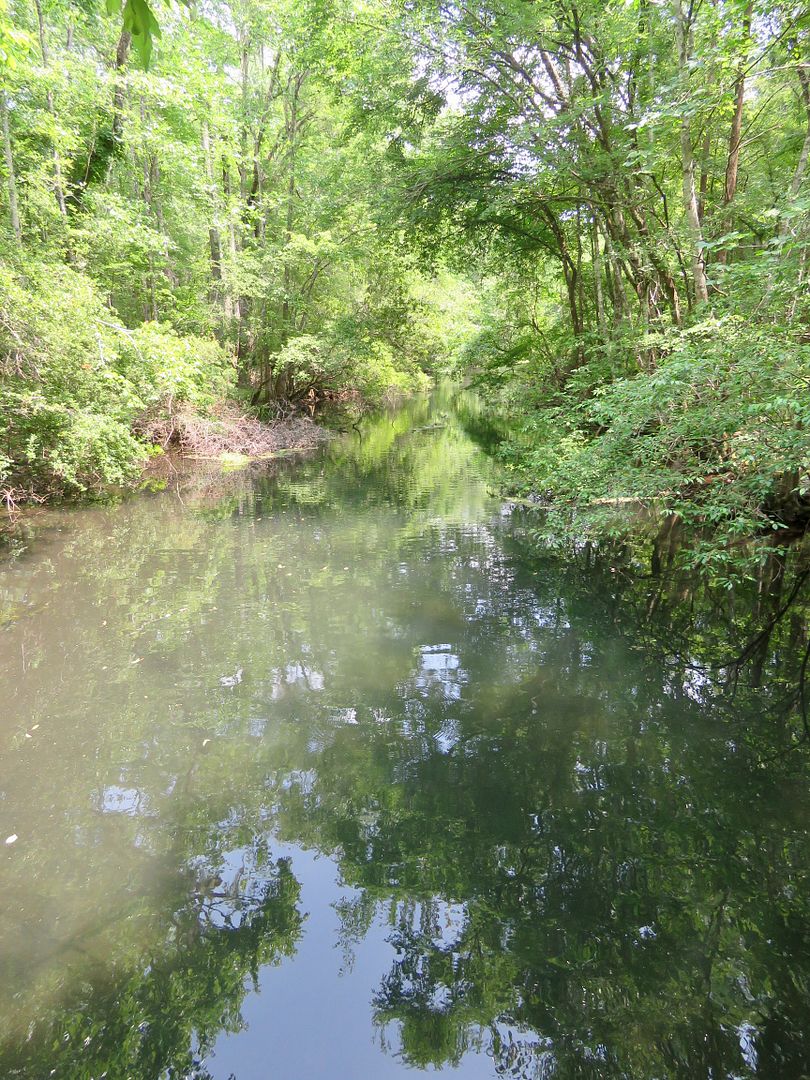
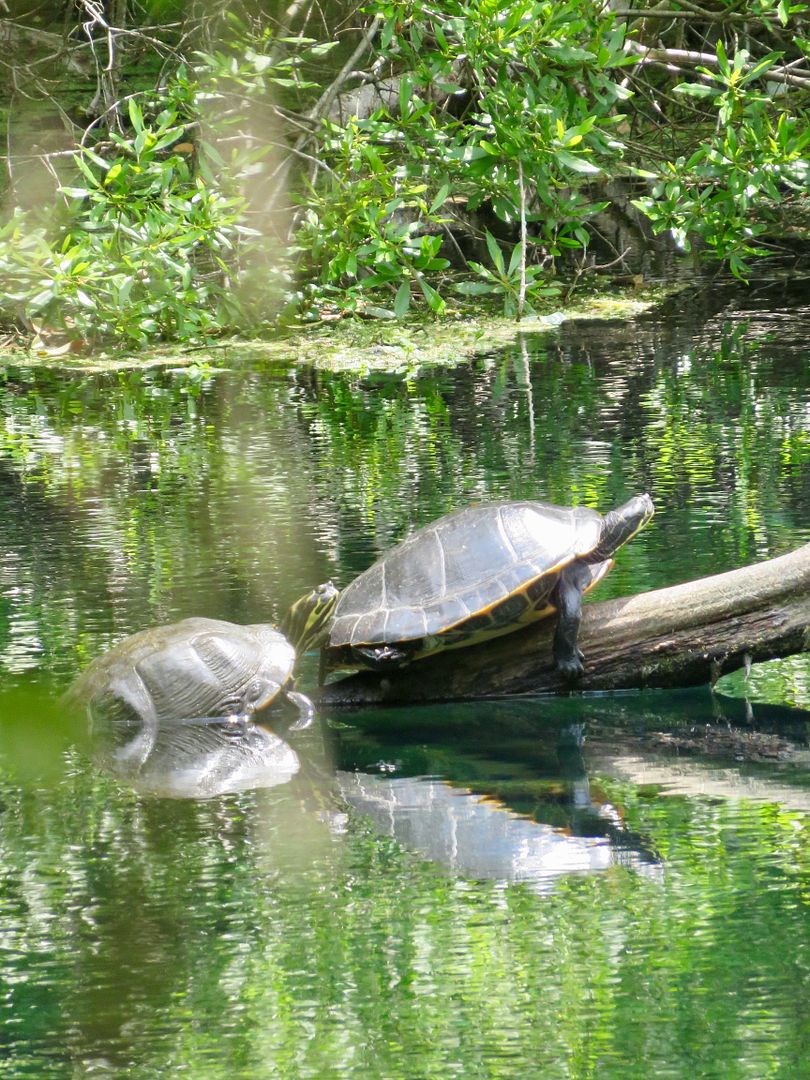
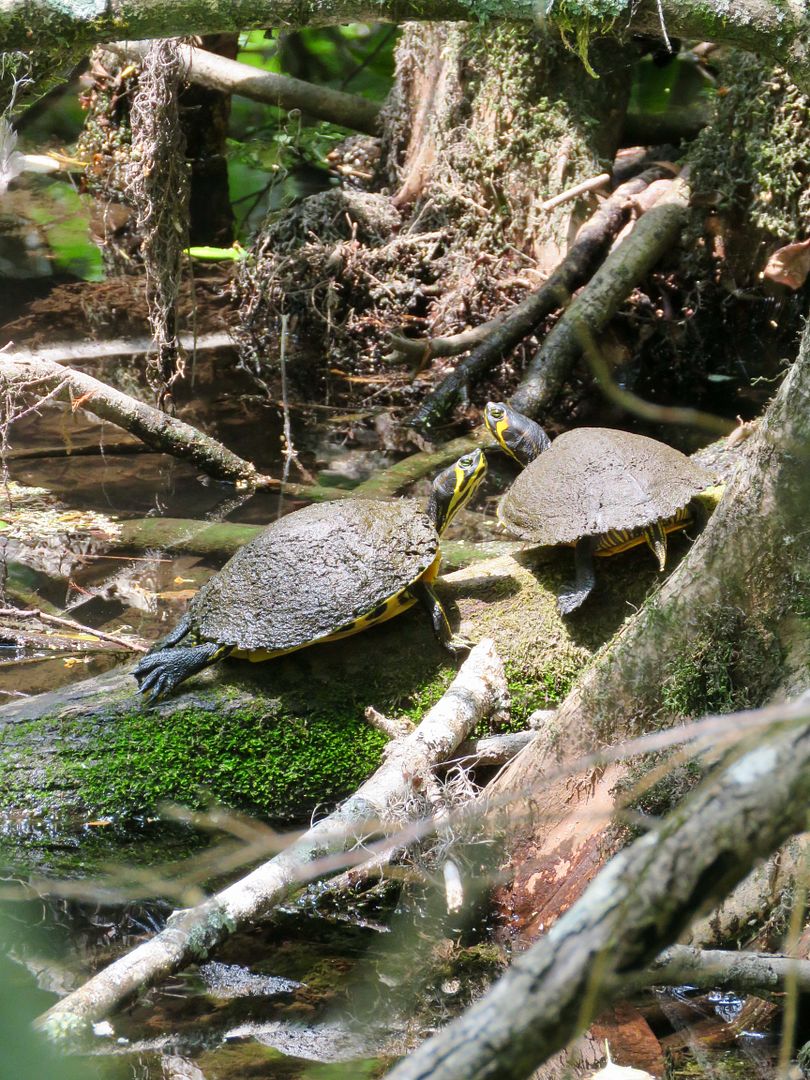
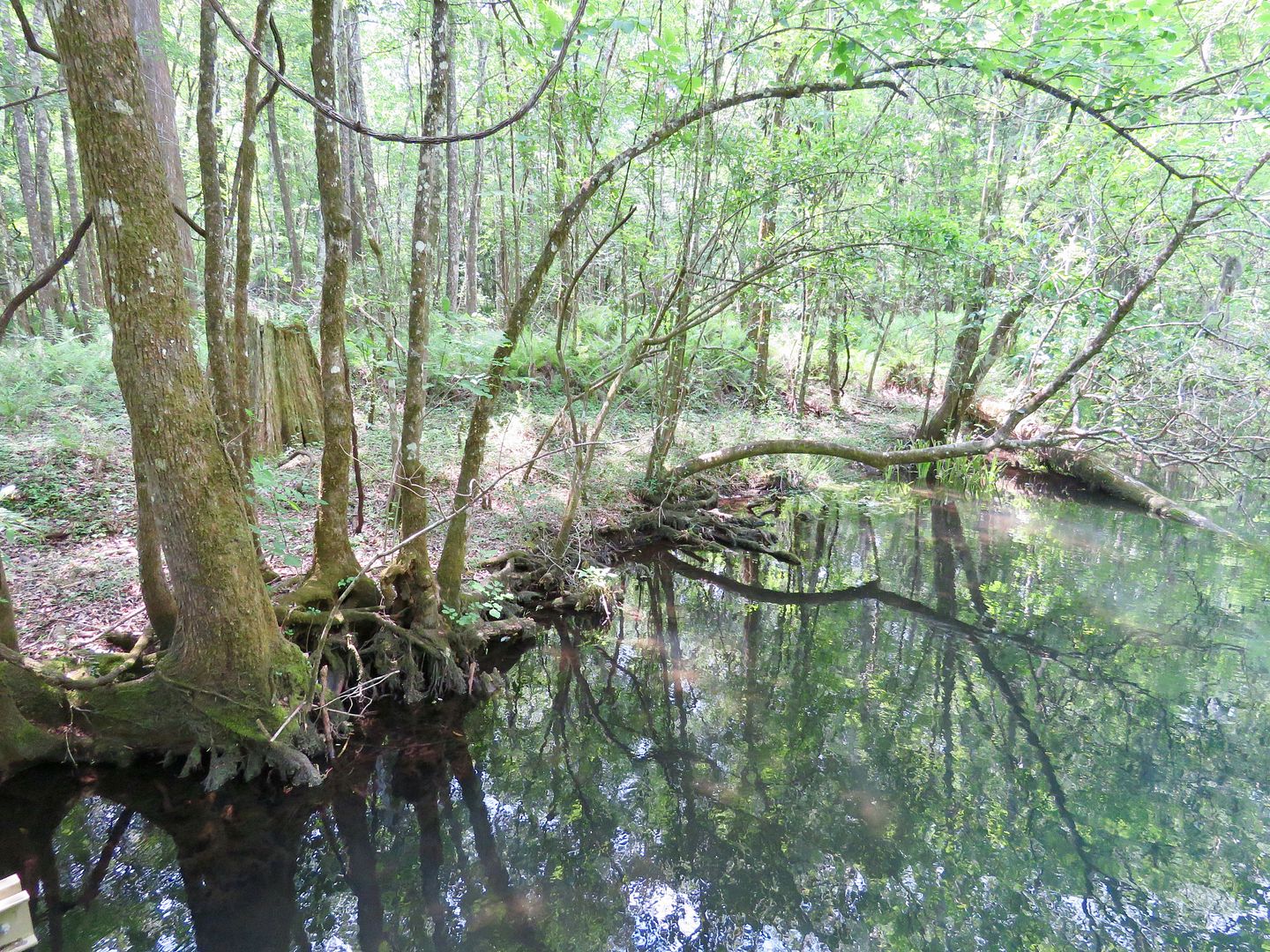

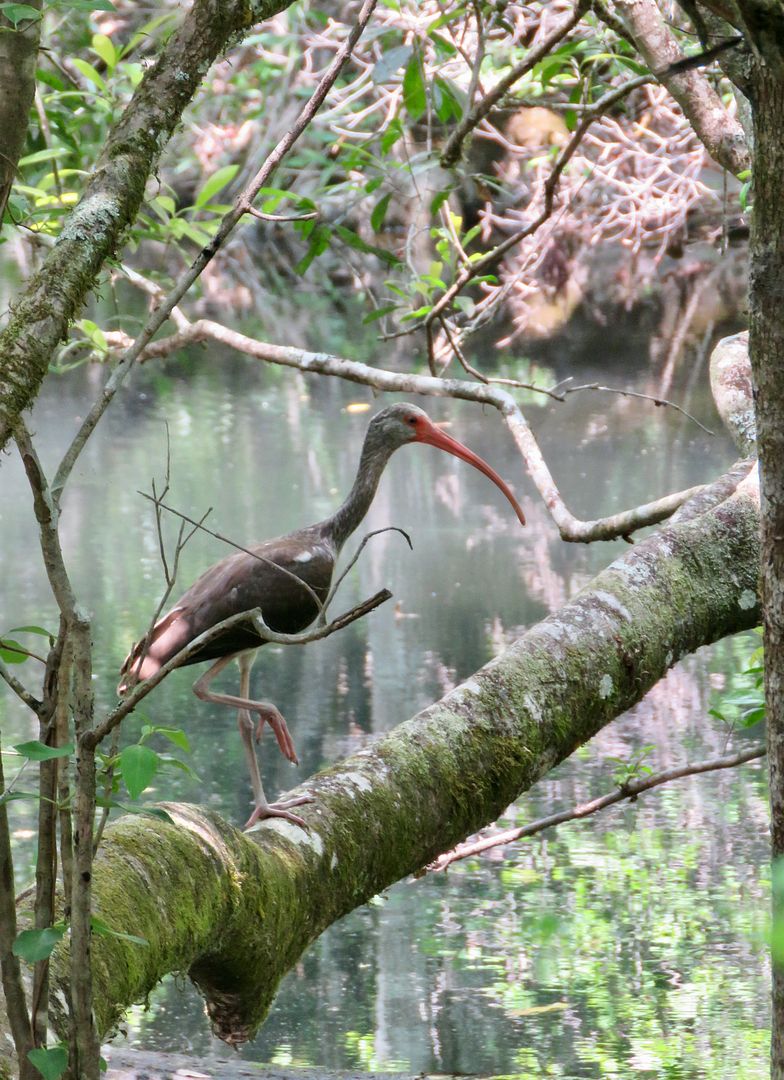
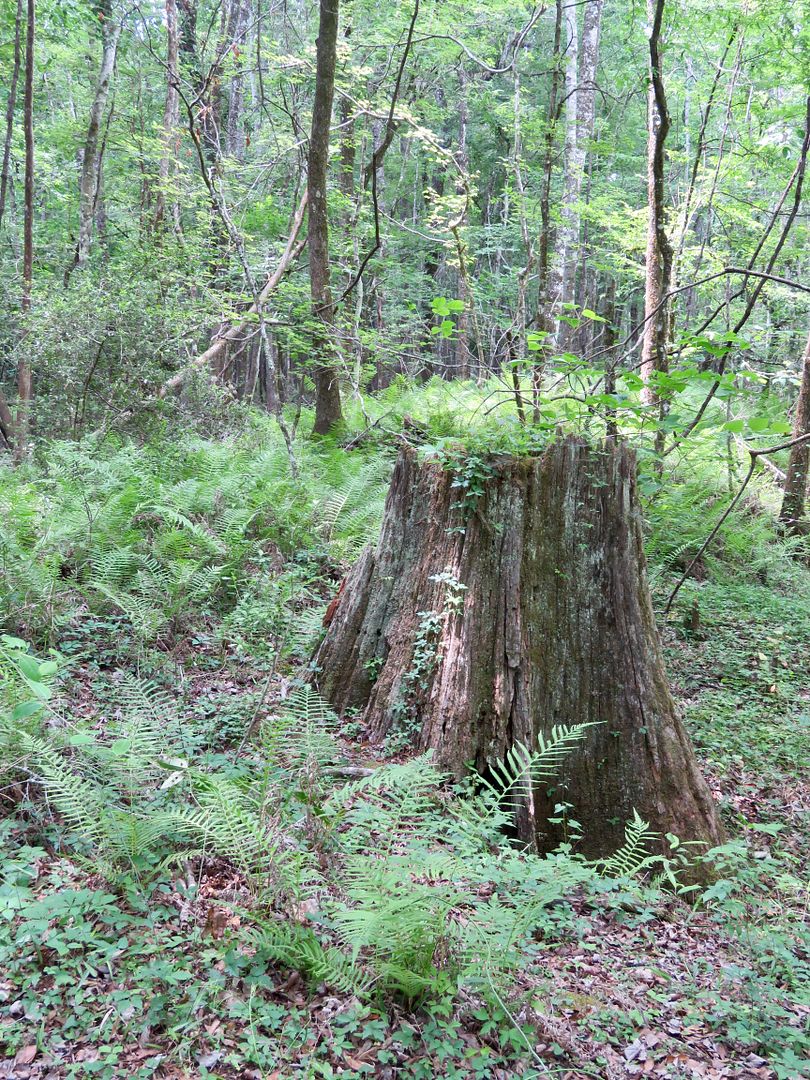
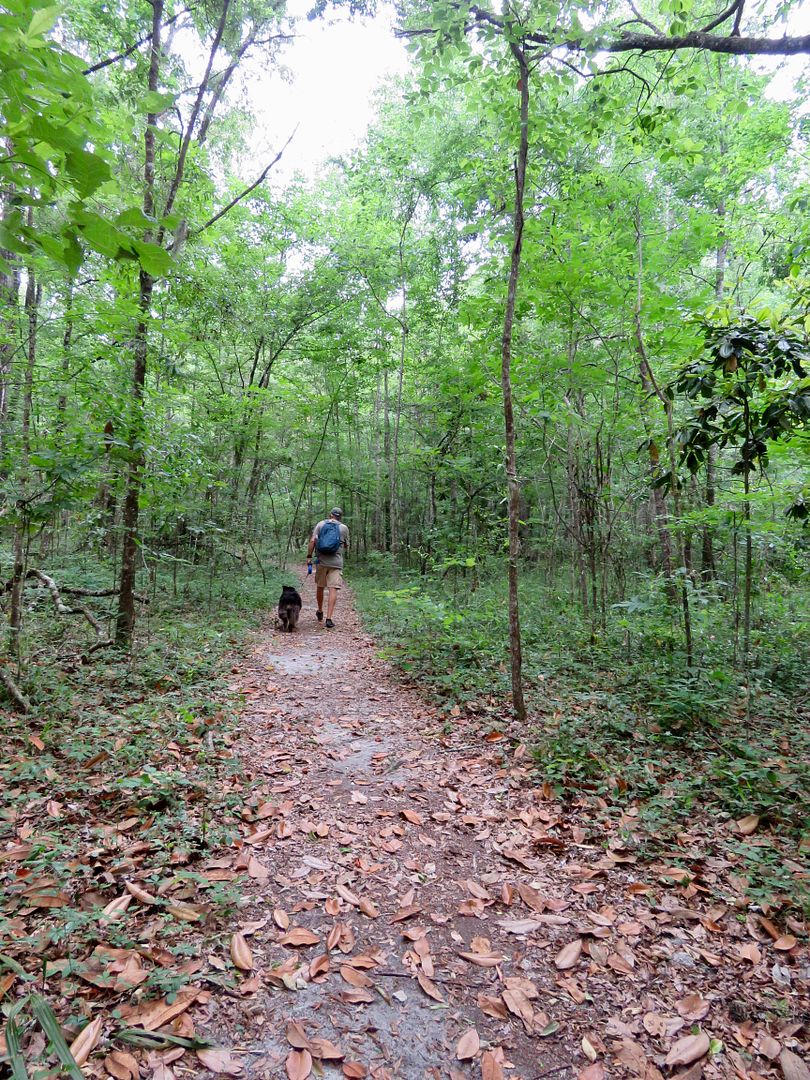
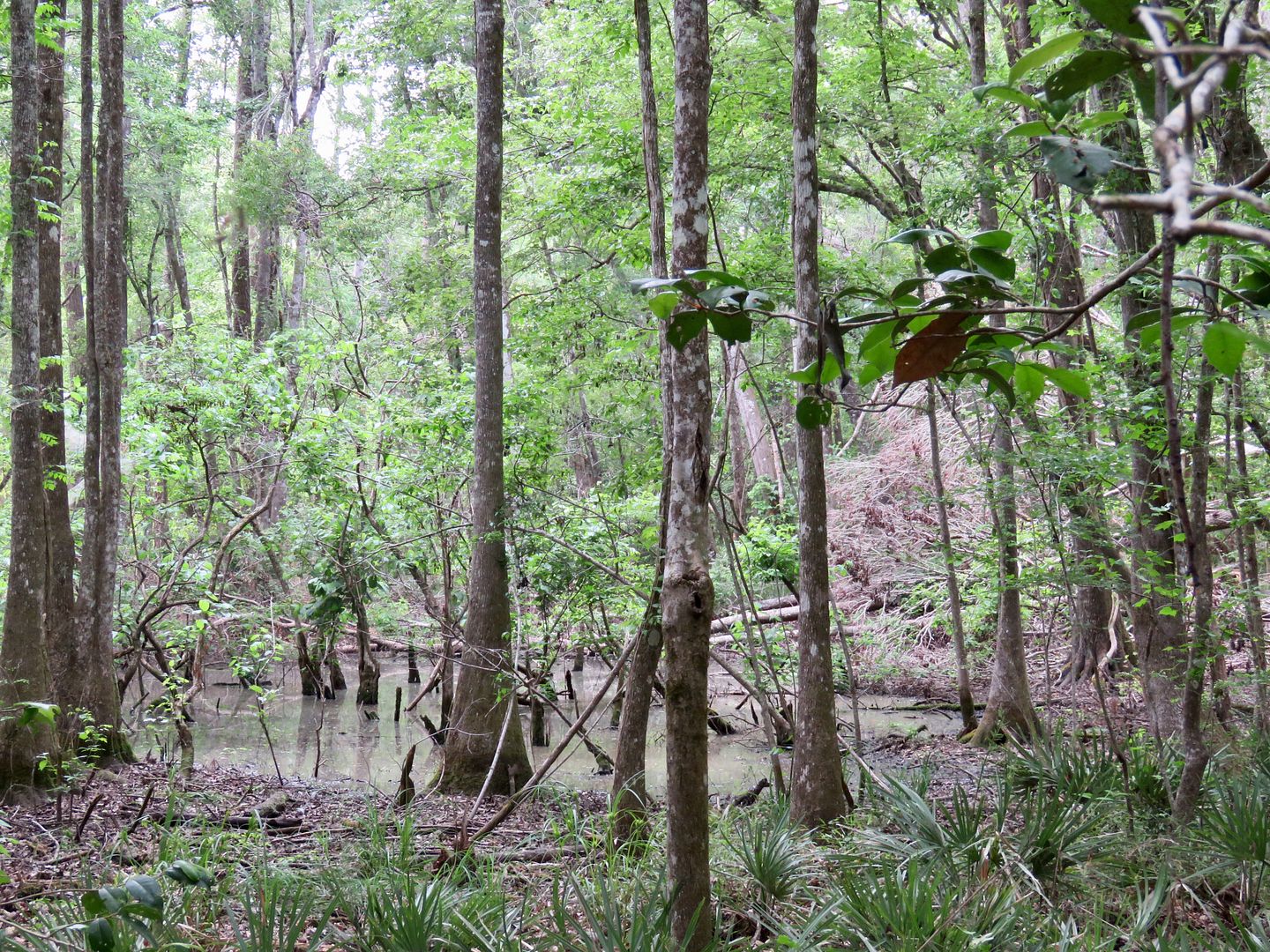
No comments:
Post a Comment